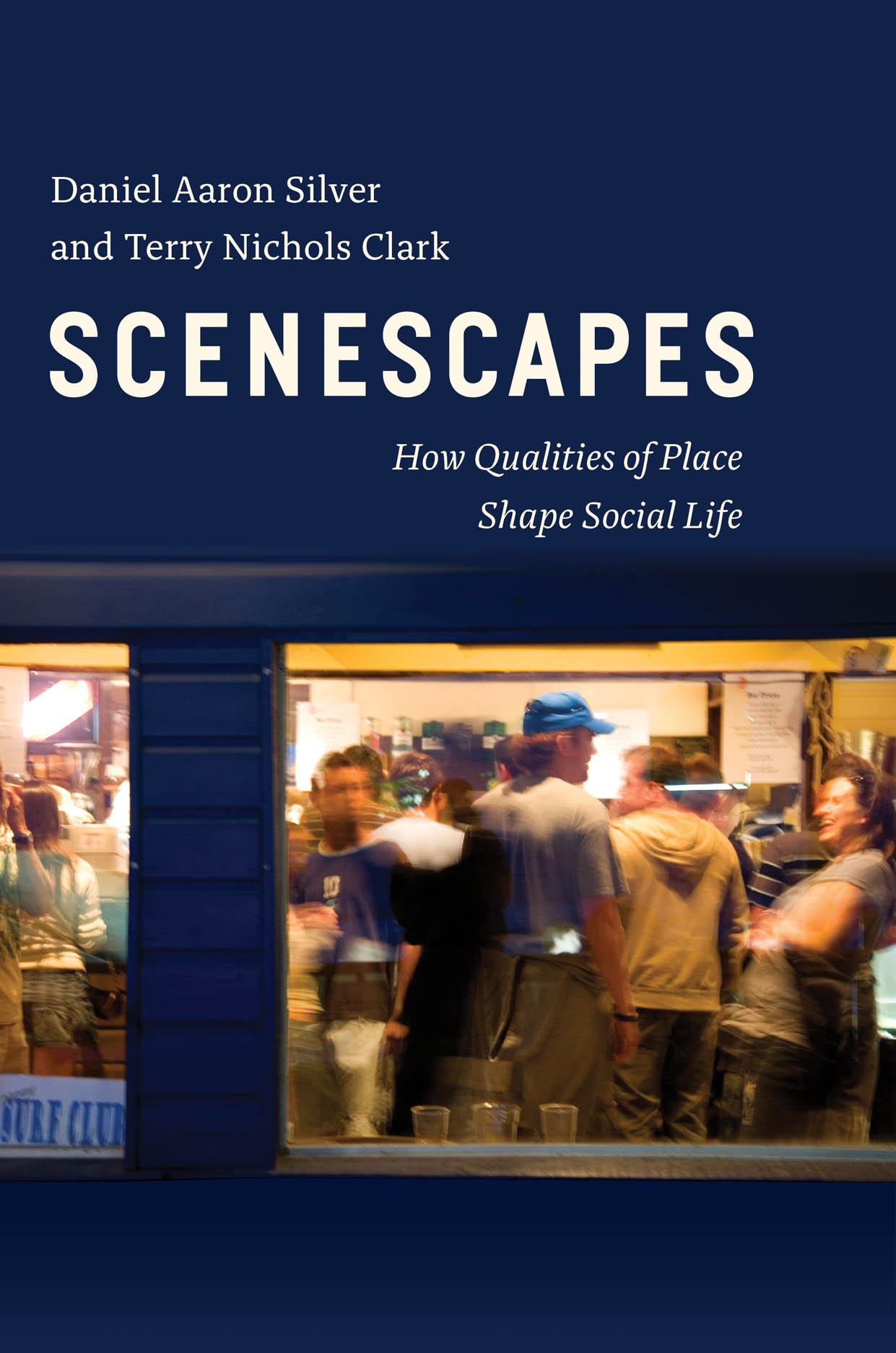Smith, Robert B. 2017. Social Structure and Voting in the United States. Springer.
 This book advances theorizing and research in political sociology drawing upon the writings of Seymour Martin Lipset, Daniel Bell, Juan Linz, Paul Lazarsfeld, and other sociologists and political scientists. To study how ideologies and social structure affect voting decisions, this book applies contemporary statistical modeling methods: multilevel models, structural equation models, and domain analysis. The SAS data sets and SAS code can be downloaded from the Springer website for replication, reanalysis, and study. The coda suggests how the findings bear on the recent election of Donald Trump.
This book advances theorizing and research in political sociology drawing upon the writings of Seymour Martin Lipset, Daniel Bell, Juan Linz, Paul Lazarsfeld, and other sociologists and political scientists. To study how ideologies and social structure affect voting decisions, this book applies contemporary statistical modeling methods: multilevel models, structural equation models, and domain analysis. The SAS data sets and SAS code can be downloaded from the Springer website for replication, reanalysis, and study. The coda suggests how the findings bear on the recent election of Donald Trump.

